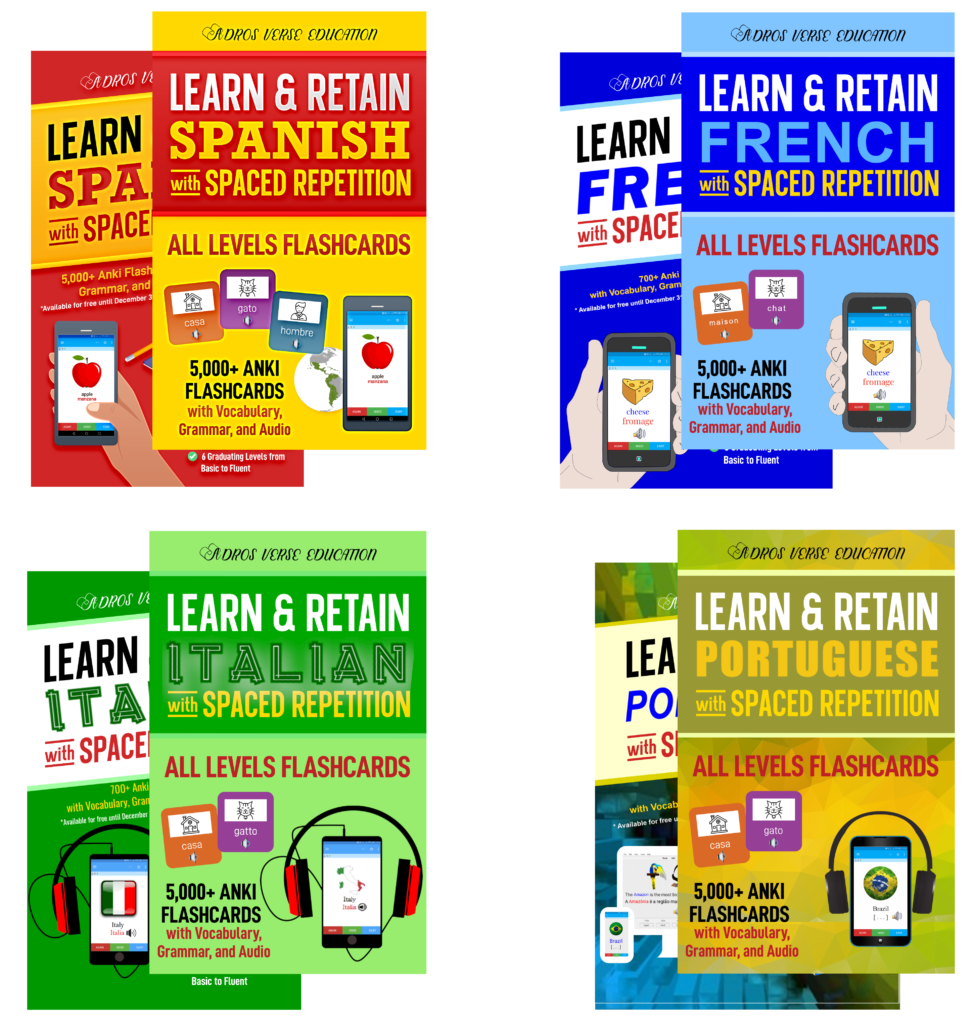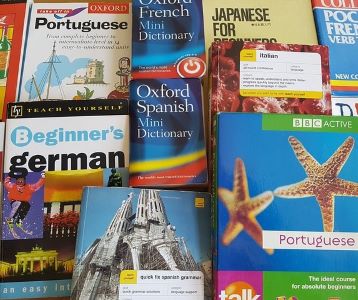Have you ever wondered how many languages exist in the world? Most estimates from linguists put the number of the languages in the world in the range of (6,000 to 7,000+). There are many challenges of counting an exact number due to the constant evolution and difficulty of defining what constitutes a language. In addition, there is the threat of extinction faced by many tongues.
Geographical Spread
Languages play a significant role in communication, cultural identity, knowledge sharing, and preserving traditions and histories. Estimates suggest there are anywhere from 6,000 to over 7,000 languages spoken worldwide. This astounding diversity reflects the rich tapestry of human history, migration patterns, and cultural evolution. From the click consonants of the Khoisan languages in Africa to the tonal variations of Mandarin Chinese, each tongue embodies a unique way of perceiving and interacting with the world.
Despite this global linguistic spread, the distribution is far from equal. Here’s a breakdown of the continents with the highest concentrations:
- Africa: Leads the pack with an estimated 2,000 languages, reflecting the continent’s complex history and diverse ethnicities.
- Asia: Home to over 2,000 languages, influenced by ancient civilizations, trade routes, and geographical barriers.
- The Pacific: Showcases remarkable linguistic variety on islands like New Guinea, where hundreds of distinct languages exist in close proximity.
Several factors contribute to this uneven distribution:
- Historical Migrations: Early human migrations and expansions established dominant linguistic families in certain regions.
- Geographical Barriers: Mountains, deserts, and oceans acted as natural dividers, fostering the development of distinct languages.
- Colonial Encounters: European colonization imposed dominant languages like English, French, and Spanish on colonized territories.
Endangered Languages
Sadly, globalization and dominance of major languages threaten the survival of many smaller ones. This loss represents a significant erosion of cultural heritage and unique ways of seeing the world. Efforts to document, revitalize, and celebrate endangered languages are crucial to preserving our linguistic diversity.
Several factors contribute to this endangerment:
- Globalization: The dominance of a few major languages, like English, can marginalize smaller ones in areas like education and media.
- Colonial Legacy: Colonial powers often imposed their languages on conquered territories, leading to the decline of indigenous tongues.
- Urbanization: As people migrate to cities, traditional languages spoken in rural areas can fall by the wayside.
- Lack of Resources: Smaller communities may lack resources to develop educational materials or promote their usage.
The loss of a language is more than just a gap in communication. It signifies the erosion of:
- Cultural Heritage: Languages embody traditions, stories, and knowledge systems passed down through generations. Losing a language is like losing a vital link to the past.
- Biodiversity Knowledge: Indigenous tongues often hold vast knowledge about local plants, animals, and ecosystems. Their loss can hinder conservation efforts.
- Linguistic Diversity: A world with fewer tongues is a world with less diversity of thought, expression, and creativity.
The fight for such preservation is multifaceted. Here are some ways we can contribute:
- Support Endangered Language Communities: Donate to organizations working on linguistic revitalization projects.
- Learn about Endangered Languages: Raise awareness by learning a few basic phrases in an endangered language near you.
- Advocate for Multilingual Education: Promote educational programs that value and teach endangered tongues.
The Future of Languages
Technology is revolutionizing the way we communicate, weaving a new digital dialect into the fabric of language. The rise of online platforms has fostered internet slang, a constantly evolving lexicon of abbreviations, acronyms, and neologisms (“LOL,” “IMHO,” “selfie”). Emojis, those expressive little pictograms, transcend barriers, adding a playful layer of nonverbal communication to our digital interactions. While some fear this informal style dilutes traditional language, it represents the dynamic nature of communication in the digital age. Technology is shaping a new linguistic landscape, one that blends innovation with established forms of expression.
Languages, like living organisms, are constantly evolving. Technology acts as a powerful catalyst in this process. Machine translation is breaking down barriers, potentially leading to the emergence of pidgins or hybrid tongues for global communication. Looking ahead, advancements in artificial intelligence might even lead to the development of entirely new tongues designed for human-machine interaction. The future of the global linguistic map promises to be a fascinating interplay between tradition, innovation, and the ever-growing influence of technology.
Conclusion
Languages play a significant role in communication, cultural identity, knowledge sharing, and preserving traditions and histories. Linguistic diversity is a cornerstone of human experience. By appreciating the uneven linguistic distribution across continents and the factors that shaped it, we gain a deeper understanding of human history, cultural exchange, and the fight to preserve this irreplaceable treasure.
Anki is a powerful flashcard app that uses spaced repetition to help learners remember information more effectively, and can be used to learn any material.
To use Anki to learn French or Spanish, you can create flashcards that contain vocabulary and grammar concepts. Alternatively, you can use the premade Anki decks such as Spanish Anki Decks, Portuguese Anki Decks, Italian Anki Decks, and French Anki Decks by ADROS VERSE EDUCATION. Anki will then show you the flashcards at spaced intervals, helping you to learn and retain the information.



